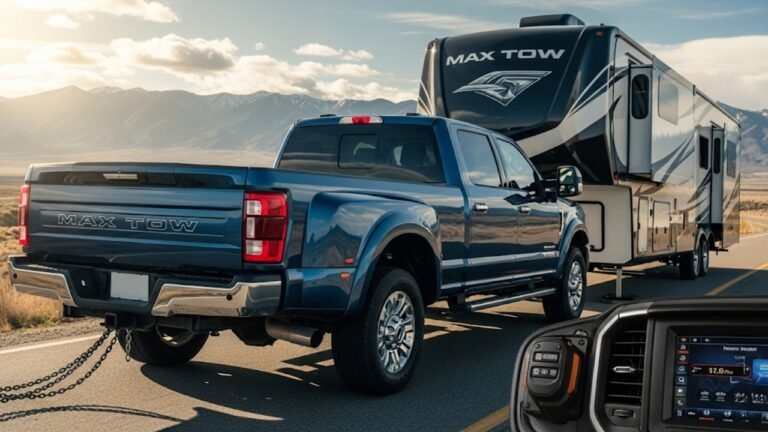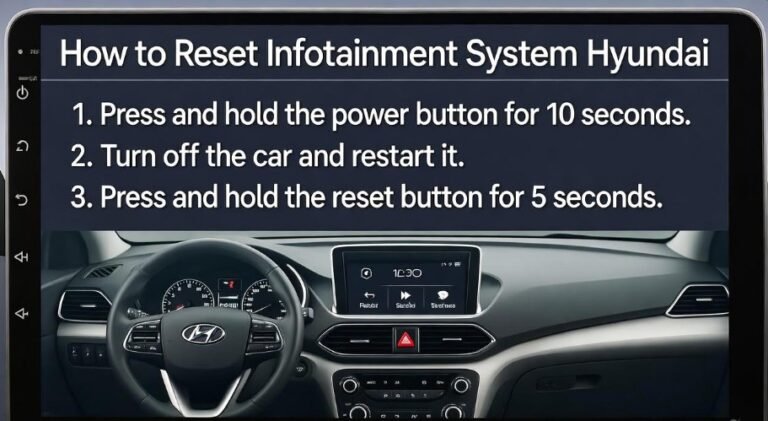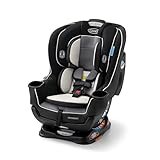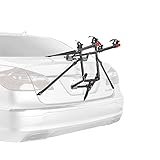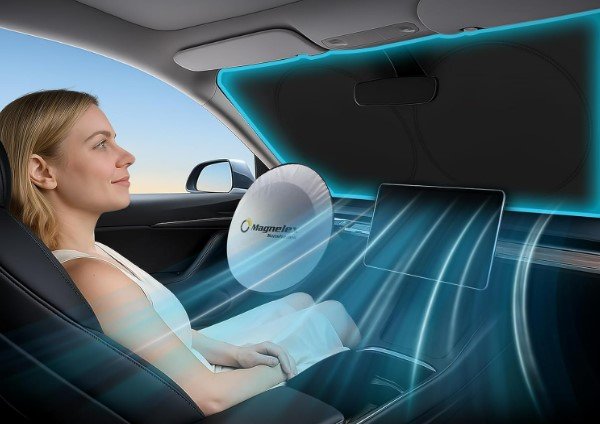How to Buy a Quality Used Car in California: Expert Tips and Tricks
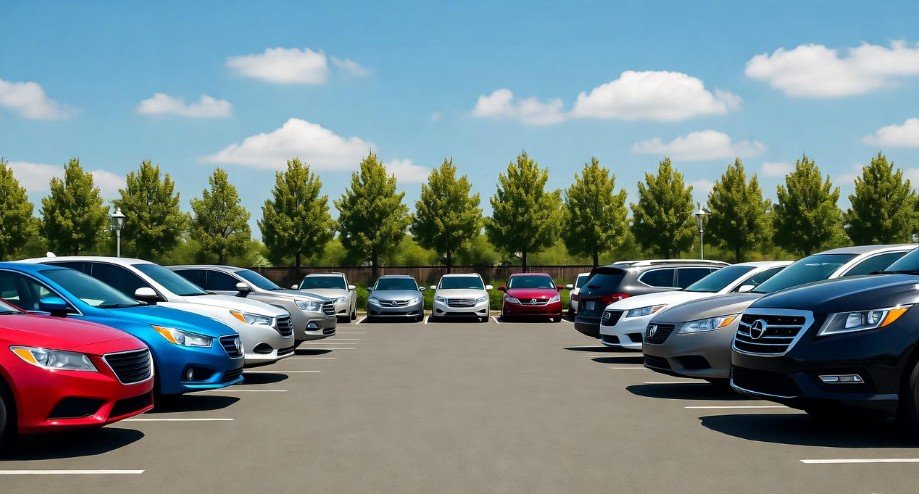
Are you in the market for a used car in California but feeling overwhelmed by all the options, prices, and paperwork? Buying a pre-owned vehicle can save you a significant amount of money compared to a brand-new car, but it comes with its own set of challenges. From navigating the competitive market to ensuring the vehicle is in top condition, there’s a lot to consider before signing on the dotted line. The good news is, with the right approach and a little preparation, you can find a reliable used car in California that fits your budget, lifestyle, and needs.
In this guide, we’ll walk you through every step of the process—researching the market, selecting the right vehicle, performing inspections, and negotiating the price. By the end of this article, you’ll feel confident walking into a dealership or meeting a private seller, knowing exactly what to look for and how to protect yourself.
Understanding the Used Car Market in California
California’s used car market is unique. Its size, population, and regulations make it different from other states. For starters, California has one of the largest populations in the U.S., which drives high demand for used cars. This demand often leads to higher prices, especially for popular models. Unlike other states that experience harsh winters or extreme weather, California enjoys a mild climate. This means many cars are less prone to rust, corrosion, or wear from snow and ice, making vehicles here potentially more reliable than those from colder states.
Another factor to consider is California’s strict emissions laws. The state enforces some of the toughest vehicle emissions standards in the country. While this ensures cars are environmentally friendly, it can also limit the availability of older vehicles that don’t meet these standards. So, while there’s a wide range of used cars in California, you’ll need to balance your desire for a specific make or year with compliance requirements.
Advantages of Buying a Used Car in California:
-
Wide Selection: Large population and car culture provide many options.
-
Higher Quality: Mild climate reduces wear and tear.
-
Advanced Emissions Systems: Environmentally friendly vehicles with modern technology.
Disadvantages of Buying a Used Car in California:
-
Higher Prices: Demand can inflate costs.
-
Stringent Regulations: Older cars may not meet emissions standards.
Understanding these nuances will help you approach the market strategically, making it easier to find a vehicle that’s both reliable and reasonably priced.
Setting Your Budget and Determining Your Needs
Before diving into online listings or visiting dealerships, you need a clear plan. One of the most common mistakes buyers make is starting their search without a budget or a clear understanding of their needs.
Set a realistic budget. Think beyond just the purchase price. Factor in insurance, registration, fuel, and potential maintenance costs. This ensures that your car is affordable in the long run and doesn’t become a financial burden. For instance, a sleek, luxury SUV may seem appealing, but the insurance and maintenance costs in California could quickly add up.
Determine your needs. Consider your lifestyle and daily routine. Are you commuting long distances in heavy traffic? Then fuel efficiency might be your top priority. Do you have a family or need extra cargo space? A spacious SUV or minivan could be ideal. Even details like Bluetooth connectivity, backup cameras, or advanced safety features can play a crucial role in your decision. By clearly defining your needs, you’ll narrow your search and avoid impulsive purchases that don’t truly fit your lifestyle.
Researching Reliable Used Car Models
Once your budget and needs are clear, it’s time to research reliable models. Reliability is key when buying a used car—nobody wants to invest in a vehicle that will spend more time in the shop than on the road.
Start by checking consumer reports, car review websites, and owner forums. Look for vehicles with a reputation for longevity and low maintenance costs. Japanese brands like Toyota and Honda are often praised for their reliability, while some American and European models may offer performance but require more upkeep. Don’t overlook input from friends, family, or trusted mechanics—they can provide firsthand insight that online research might miss.
Keep in mind the trade-off between age and cost. Older cars might be cheaper upfront but could incur higher repair costs. Conversely, slightly newer models may come at a higher price but save you money on maintenance in the long term. The key is to balance reliability, cost, and your personal preferences to find the best overall value.
Utilizing Online Resources and Listings
The internet is your friend when searching for a used car in California. Platforms like Autotrader, Cars.com, Craigslist, and CarGurus allow you to filter by make, model, year, price, and even location. Using these filters saves time and ensures you’re only seeing vehicles that meet your criteria.
In addition to listings, read user reviews and feedback. These insights often reveal the hidden pros and cons of specific models. For example, a car might be praised for its fuel efficiency but criticized for a faulty transmission that shows up after a few years. By taking the time to explore online resources thoroughly, you can avoid common pitfalls and focus on vehicles that offer the best combination of reliability, price, and features.
Pros of Online Research:
-
Convenient and time-saving
-
Access to extensive user reviews
-
Compare multiple vehicles side by side
Cons of Online Research:
-
Risk of scams or inaccurate listings
-
Competition for high-demand models
-
Some listings lack complete vehicle history
Always verify the information provided online before arranging a visit or payment. Use the listings as a starting point, but ensure you inspect the car in person and request a detailed vehicle history report before moving forward.
Inspecting a Used Car Before Purchase
The most critical step in buying a used car in California is a thorough inspection. Even if a car looks perfect online, appearances can be deceiving. Start with a visual inspection of the exterior. Check for rust, dents, mismatched paint, and signs of previous accidents. Inspect the tires, ensuring they have even tread and no cracks or bulges.
Next, examine the engine and mechanical components. Look for fluid leaks, worn belts, and unusual noises. Test all electronics—lights, air conditioning, power windows, and infotainment systems—to ensure they function properly. If you’re unsure about assessing the mechanical condition, consider hiring a certified mechanic for a pre-purchase inspection. A professional can identify hidden issues, including suspension problems, brake wear, or frame damage, which could be costly down the road.
A comprehensive inspection may feel time-consuming, but it’s an essential step to protect your investment. After all, a minor oversight now could turn into a major financial headache later.
Checking Vehicle History Before You Commit
One of the smartest things you can do when buying a used car in California is to check its background. A car may look clean on the surface, but the history might tell a different story. Using the VIN (Vehicle Identification Number), you can pull a report from services like Carfax or AutoCheck. This report gives you a full timeline of the car’s life. It includes accident records, mileage consistency, past owners, and whether the vehicle was ever declared a total loss.
Always confirm the mileage aligns with maintenance records. If you notice any gaps in service, unusually low mileage for its age, or repeated repairs, be cautious. A vehicle that has changed hands too often may also be a sign of hidden issues. Even small things like flood damage can remain invisible to the eye but lead to major problems later.
A history report is your best friend before committing your money. It helps ensure that the car’s past does not become your future headache.
Taking the Test Drive Seriously
A test drive is more than just a quick spin around the block. It’s your chance to experience how the vehicle behaves in real-world situations. Always start the car cold if possible, so you can check if it struggles to start or makes unusual noises.
Now hit the road. Pay close attention to:
-
Steering responsiveness
-
Brake performance
-
Transmission shifting smoothness
-
Strange sounds or vibrations
-
Fuel smell or exhaust smoke
Try the freeway if the seller allows it. You want to know how the car handles at higher speeds. Turn the A/C and heater on, test the radio and Bluetooth, and check visibility in all directions.
Imagine driving this car every day. If something feels “off,” trust that instinct. The perfect used car in California should make you feel safe, comfortable, and confident behind the wheel.
Understanding the Importance of Smog Compliance
California has some of the toughest emission laws in the United States, and every used car in California must pass a smog check before the buyer can register it. By law, the seller is usually responsible for providing a valid smog certificate that is less than 90 days old. If they cannot provide one, that could be a warning sign of failing emissions equipment.
Cars that fail emissions often need costly repairs like catalytic converters or sensors. These parts can be more expensive in California due to strict environmental standards. So never skip the smog verification step — it’s not only a legal requirement but also a protection against unexpected repair bills later.
Negotiating Like a Pro
Negotiation can feel uncomfortable, but it’s one of the most important skills when buying a used car in California. Arrive prepared with research on typical pricing from resources like Kelley Blue Book or Edmunds. Use what you learned during the inspection and test drive to support your offer.
You might say something like:
“I noticed the tires need replacement and the service records are incomplete. Based on my research, a fair price should be lower.”
Keep your tone respectful and confident. Most sellers expect negotiation, especially in a private sale. If the seller refuses to budge and the deal does not feel fair, always be ready to walk away. Remember: your power is your ability to say no.
Finalizing the Deal and Paperwork Essentials
When you’re happy with the price and ready to move forward, the last step is the paperwork. This part may not be exciting, but it protects you from legal issues in the future.
Here’s a quick checklist for completing the purchase:
-
Bill of sale signed by both parties
-
Signed title release from the seller
-
Valid smog certificate (if required)
-
Current odometer reading included
-
Transfer of ownership forms for the California DMV
Then you will need to handle:
| Task | Where to Complete | Notes |
|---|---|---|
| Title transfer | DMV office or online | Must be completed within 10 days |
| Pay taxes and registration | DMV or authorized service center | Fees vary by county and vehicle |
| Insurance activation | Your insurance company | Must be active before driving |
Make copies of all documents and keep them somewhere safe. It’s better to be extra careful now than to deal with complications later.
Buying From a Dealer vs Private Seller
You have two primary paths when purchasing a used car in California. Each comes with its own benefits and downsides.
Buying from a Dealer:
-
More legal protections
-
Financing options available
-
Sometimes warranties included
-
Higher prices due to profit markup
Buying from a Private Seller:
-
Better prices with more negotiation room
-
Direct knowledge of how the car was used
-
Less paperwork for the seller to provide
-
No warranty or guarantees
If you choose a private seller, meet in a public place and bring a friend for safety — especially when exchanging money.
Trusting Your Instincts
Sometimes everything on paper might look perfect, yet something feels wrong. Buying a used car in California is more than facts and reports — it’s also about feeling comfortable with your decision.
Ask yourself:
-
Does the seller seem honest?
-
Does the drive feel right?
-
Can I picture myself owning this car long-term?
Your instincts can help protect you from a poor decision. If doubt creeps in, don’t ignore it. There are thousands of cars for sale in California every day — you will find another one.
Expert Tips to Make the Best Choice
Here are a few extra pieces of advice many buyers wish they knew sooner:
-
Never skip the inspection
-
Always compare at least three similar vehicles
-
Avoid cars with salvage titles unless you’re experienced
-
Confirm recalls have been repaired
-
Look for full service records
-
Don’t rush into a purchase due to pressure
Buying a car is a big moment in your life. Take your time and make the decision that protects your future.
Frequently Asked Questions
1. What documents do I need when buying a used car in California?
You’ll need a signed title, bill of sale, odometer reading, smog certificate, and registration paperwork.
2. Can I return a used car after purchasing it?
Most private sales are final. Dealers may offer return policies, but not always.
3. Who pays for the smog check?
The seller is responsible, unless agreed otherwise in writing.
4. Should I buy a car that has been in an accident?
Not always a deal-breaker, but it requires deeper inspection and could affect resale value.
5. Do I need insurance before I drive home?
Yes — insurance must be active immediately after purchase.
6. Are used car prices higher in California?
Yes, due to high demand and strict emissions standards.
7. Is buying from a private seller safe?
Yes, if you take precautions like meeting in public and verifying paperwork.
8. How do I avoid scams?
Never pay before seeing the car, confirm the title matches the seller, and trust your instincts.
Final Thoughts
Buying a used car in California can be exciting and rewarding when you follow the right steps. Research the car, set a solid budget, verify the vehicle’s history, do a careful inspection, test drive, and negotiate with confidence. Don’t be afraid to walk away if something feels off.
Your goal isn’t just to buy any car — it’s to make a smart choice that supports your daily life, protects your finances, and gives you peace of mind each time you turn the key.
Take your time. Trust the process. And congratulation in advance on finding a great deal on your next car!

